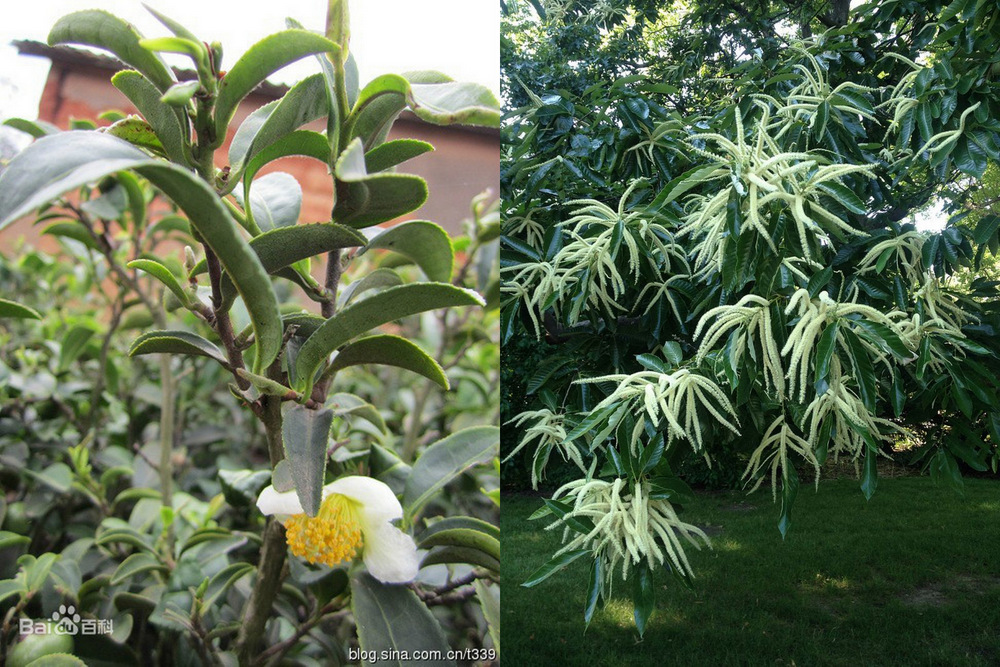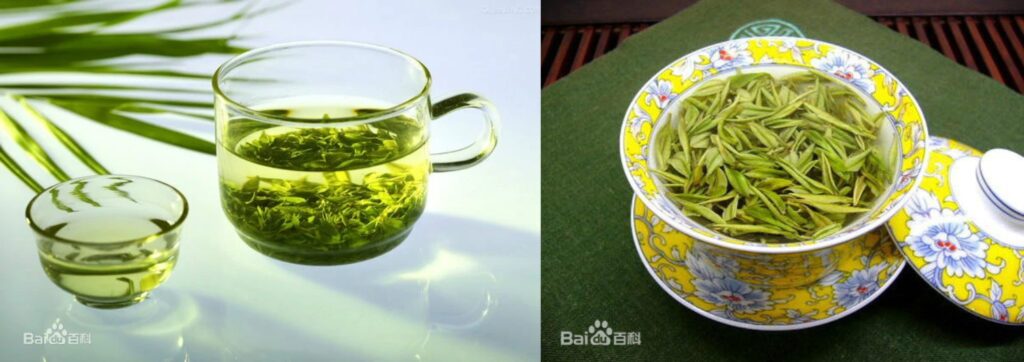Chinese experts have studied the characteristics of tea leaves of a small-leaved tea variety traditionally grown on Baohong Mountain in Yunnan and often intercropped with Chinese chestnut trees (Castanea mollissima).

In the 1970s, chestnut trees were planted on Baohong tea plantations. Times were hard then, one could not live with tea alone, so the concept of “two in one” came to everyone ‘s liking, especially since the tea plants and chestnut trees got along well with each other. Planting chestnuts on existing plantations went on in waves, in the 1970s, 1980s and 1990s, and then growing tea became profitable in itself and planting chestnuts on tea plantations stopped. In fact, an ideal situation for research has developed on Baohong Mountain — there are tea plantations established in the 1960s, on which chestnut trees were first planted in several stages, and then not planted. So, there one can study the effect of chestnuts on tea (green tea is made there and it is called Baohong, after the mountain), without correcting for the age of the bushes, because it is about the same. However, for a long time no one paid any attention to this situation; moreover, the leaves collected from different plots (with intercropping and monoculture ones) were simply mixed during the production of tea.
But now they have studied it all. Some differences between tea growing in the chestnut-tea intercropping system and tea growing as a single crop were obvious. Chestnut trees shade tea plants, so they grow at lower temperatures and higher humidity. The roots of chestnut trees have a beneficial effect on the structure of the soil — and as a result of all this, even tea leaves in the ‘under-the-chestnut ‘ tea plants turn out longer and prettier. Sensory evaluation revealed that green tea made from leaves collected from ‘chestnut-tea ‘ plantations (let ‘s call it Ches-T Tea for short) is tastier, while the study of the chemical composition of different tea leaves showed that Ces-T Teas have the lowest polyphenol:amino acid ratio, which usually is quite a reliable sign of a good taste in green tea.

Moreover, a more careful analysis showed that this ratio is the lowest for the tea from those plantations where chestnuts were planted in the 1980s — so far this fact has not been explained in any way, but imagine what marketing potential this study has! Baohong green tea, grown under chestnuts, year of planting: 1985. This would be millesime attribution of the highest order.
Olga Nikandrova & Denis Shumakov. Teatips.info. 2021